Increased Investment in Biotechnology
The RNAi Drug Delivery Market is witnessing a notable increase in investment within the biotechnology sector. Venture capital funding and government grants are being directed towards research and development of RNAi therapeutics, reflecting a growing recognition of their potential. In 2023, investments in RNAi-related projects reached an estimated USD 1.2 billion, highlighting the financial commitment to advancing this field. This influx of capital is expected to accelerate the development of novel delivery systems and enhance the overall landscape of the RNAi Drug Delivery Market. As more companies enter the market, competition will likely foster innovation and lead to the introduction of more effective RNAi therapies.
Regulatory Support for RNAi Therapies
The RNAi Drug Delivery Market is benefiting from increasing regulatory support aimed at facilitating the development and approval of RNAi-based therapies. Regulatory agencies are recognizing the potential of RNA interference as a therapeutic modality, leading to streamlined approval processes for innovative treatments. For instance, the FDA has established guidelines that encourage the development of RNAi therapeutics, which may expedite their entry into the market. This supportive regulatory environment is likely to enhance the attractiveness of the RNAi Drug Delivery Market for investors and developers alike, fostering a climate conducive to innovation and growth.
Rising Prevalence of Genetic Disorders
The RNAi Drug Delivery Market is significantly influenced by the rising prevalence of genetic disorders, which necessitates innovative therapeutic solutions. Conditions such as cystic fibrosis, muscular dystrophy, and various forms of cancer are increasingly being recognized as areas where RNAi therapies could provide substantial benefits. According to recent estimates, genetic disorders affect approximately 1 in 10 individuals, creating a substantial patient population that could benefit from RNAi-based treatments. This growing demand for effective therapies is likely to drive investments and research within the RNAi Drug Delivery Market, as stakeholders seek to develop targeted solutions that address these complex health challenges.
Growing Demand for Personalized Medicine
The RNAi Drug Delivery Market is increasingly aligned with the growing demand for personalized medicine. As healthcare shifts towards more individualized treatment approaches, RNAi therapies offer the potential to tailor interventions based on a patient's genetic profile. This trend is particularly relevant in oncology, where RNAi can be utilized to target specific mutations within tumors. The market for personalized medicine is projected to reach USD 2 trillion by 2030, indicating a substantial opportunity for RNAi-based solutions. This alignment with personalized medicine trends suggests that the RNAi Drug Delivery Market is well-positioned to capitalize on the evolving landscape of healthcare, potentially leading to more effective and targeted therapeutic options.
Advancements in Nanoparticle Technologies
The RNAi Drug Delivery Market is experiencing a surge in advancements related to nanoparticle technologies. These innovations enhance the efficacy and specificity of RNAi therapeutics, allowing for improved delivery mechanisms that can target specific cells or tissues. For instance, lipid nanoparticles have shown promise in encapsulating RNA molecules, thereby protecting them from degradation and facilitating their uptake by target cells. The market for lipid nanoparticles alone is projected to reach approximately USD 5 billion by 2026, indicating a robust growth trajectory. This trend suggests that as delivery technologies evolve, they will likely play a pivotal role in the expansion of the RNAi Drug Delivery Market, potentially leading to more effective treatments for various diseases.


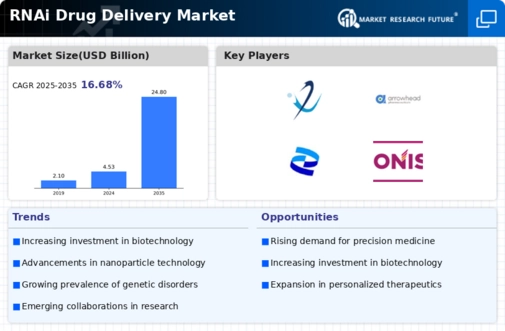
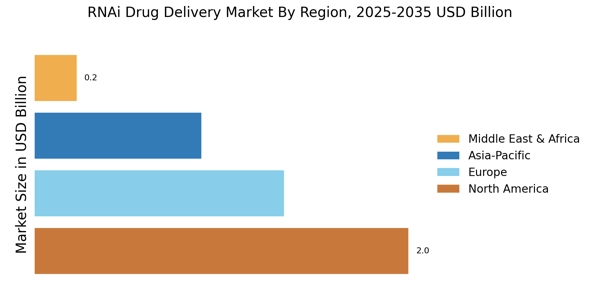


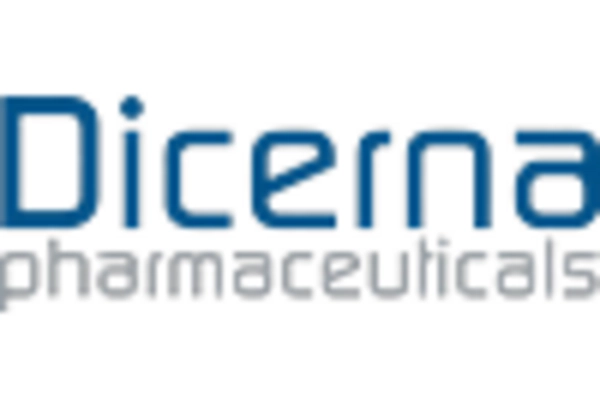
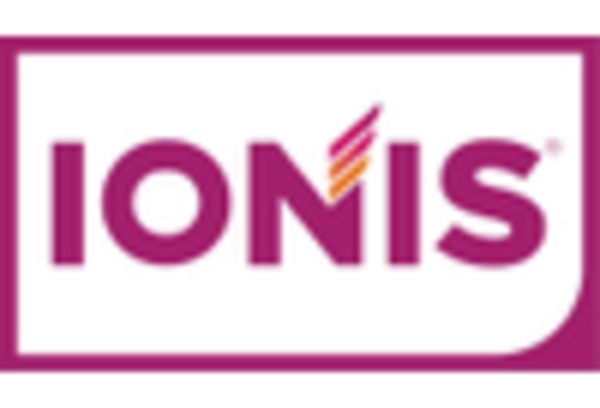
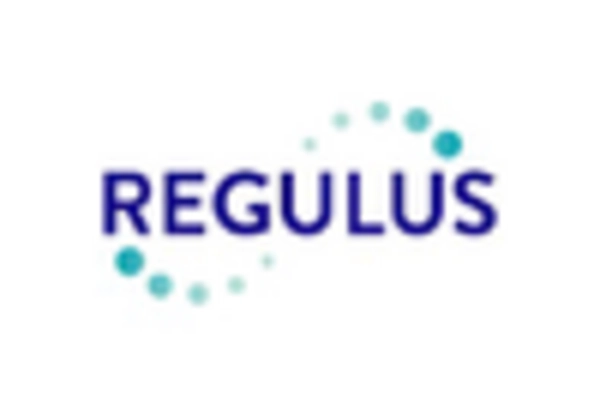
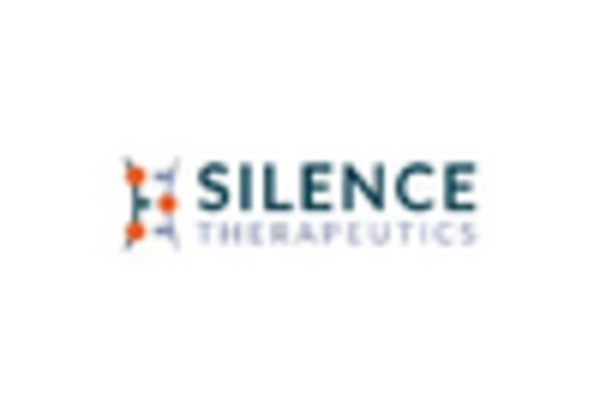








Leave a Comment